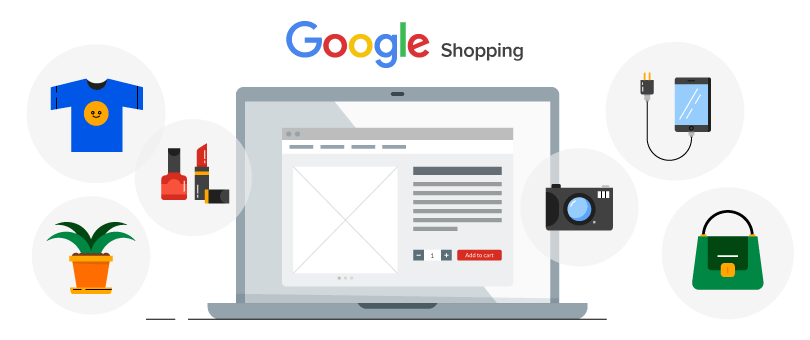

Selling your eCommerce products in different marketplaces is key to expanding your business and reaching a greater number of potential customers. Depending on the needs of your company and of your target audience, you can choose to include your catalogue in one marketplace or another, ranging from Amazon to Etsy. When defining the best sales and distribution strategies on these platforms, it’s best to keep a series of guidelines in mind to optimise sales. Our first recommendation is to also activate price monitoring on these portals so that you know how the market fluctuates. At the same time, you can follow these 10 tips to sell more in the medium and long term.
1. Optimise the search process.
As a starting point, knowing your customers’ needs and shopping habits will allow you to design clear and effective search, consultation, and purchase processes for the user. If they can find your products quickly, it’s more likely that they will be willing to complete their purchase.
2. Provide quality information on each product sheet.
If you’ve chosen to sell one of your items on a marketplace, this is because you believe that it can sell well. So, make an effort and try to write attractive texts that use keywords for the titles and descriptions of every item. You should also choose the best images, from all possible angles, so that users are left with no doubts about the quality of the item. Some marketplaces, like AliExpress, even allow you to insert videos.
3. Automatically update your prices.
The product prices on Amazon change every 15 minutes. To adapt to the pace of this market, you should have automatic repricing tools that suggest price changes based on those of the competition. This is the most effective way to show users that you have competitive prices.
4. Offer discounts and promotions.
Occasionally, you can offer unique promotions to marketplace users. This is a way to increase your sales without changing the prices of your entire eCommerce catalogue. You can advertise these discounts and sales online, such as through ads on social media or the sales portal itself.
5. Encourage your customers to review your products.
Given that the opinions of other consumers can often greatly accelerate the purchase decision, you can give your clients incentives for writing reviews and rating the quality of your items through calls to action or giveaways. This rating section should always remain visible and uncensored without hiding negative comments, for which you should establish a response protocol.
6. Improve your positioning in the marketplace.
Generally, a brand’s positioning on these platforms improves thanks to positive customer reviews, ratings, and the relevance of products in searches. It’s also conditioned by sales and conversion rates. For this, refining the keywords that appear in new searches is the responsibility of the eCommerce business.

7. Plan loyalty actions.
Customer acquisition is just as important as their loyalty. Through good segmentation, you can offer your regular clients exclusive offers, private sales, and incentives for purchasing. In addition to boosting sales, loyalty actions can increase user engagement with the brand.
8. Improve your product distribution service.
Customers will be more satisfied and will leave more positive reviews if they receive their products on time and in perfect condition. When using Amazon, smaller companies can opt to use the FBA system where the marketplace then manages all of the logistics.
9. Offer quality aftersales service.
Users trust marketplaces because they know that they have an extra guarantee, trusting that the platform to defend them in the event of a dispute with sellers. In this scenario, the best decision is to offer customer service that meets the expectations of the customers in this environment. You can enable phone, email, and even chatbot services, depending on your number of sales.
10. Don’t break the rules of the marketplace.
Not complying with the rules established by each marketplace can result in negative criticism or even removal from the portal. This can have a serious impact on your brand image, which is something that you don’t want to risk.
This is why each eCommerce business should decide where is best to advertise its products based on the requirements of the different marketplaces. This new distribution channel and the pricing strategies implemented there can be integrated into a complete automated pricing suite that facilitates decision making and promotes the optimisation of sales.
Find out how Minderest can take your business to the next level.
Contact our pricing experts to see the platform in action.
Related Articles

AI Agents and Holiday Season: How to Adapt Your Pricing Strategy
Holiday season planning used to revolve around creative campaigns, emotional storytelling, and optimizing the user experience. However, a silent revolution is changing the rules of the game. The rise...
How Surveillance Pricing Works and Its Applications for Your Business
The term "Surveillance Pricing" might conjure images of corporate espionage and price manipulation. However, this initial perception hides one of the most sophisticated and powerful strategies in...